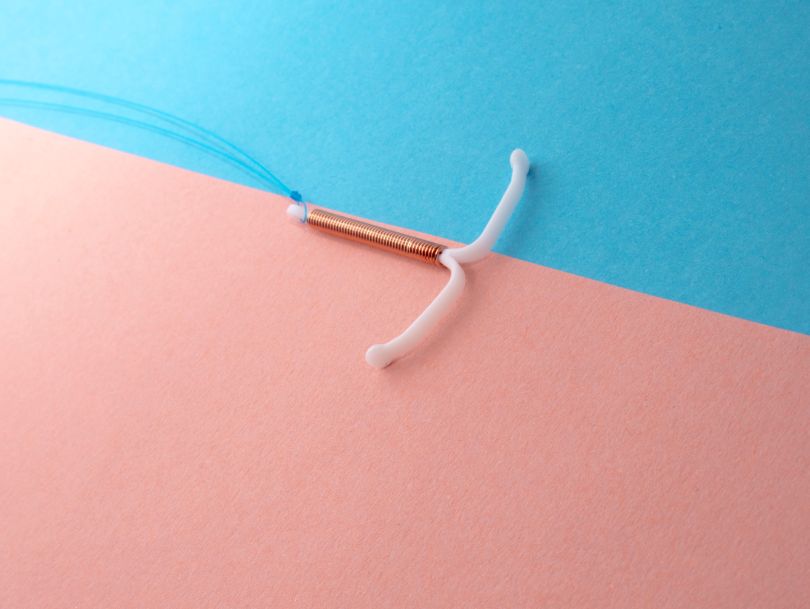Weighing IUD Risks and Benefits: How to Choose Birth Control Wisely

Millions of American women opt for planned pregnancies for career, health concerns, and financial reasons. According to the 2022 KFF Women’s Health Survey, 90% of females aged 18 to 64 have used contraceptives at some point during their reproductive span. Also, 76% have used more than one contraceptive throughout their lifetime.
With the broad range of options available, you can expect to be spoiled for choice. Choosing the right birth control method sounds complicated, but your goals and preferences can show the way. Intrauterine devices (IUDs) are ideal for women seeking a long-term yet reversible birth control method. They are effective, convenient, and affordable.
However, like any medical intervention, IUDs have some unique risks and benefits. In this article, we will help you weigh these to make an informed decision about IUD as a birth control method.
Understanding IUDs
An intrauterine device is a small T-shaped contraceptive device inserted into the uterus for long-term pregnancy prevention. As per 2022 data, IUDs were the third most preferred birth control method in the US, with 19% of women opting for it. Oral contraceptives (33%) and male condoms (32%) were in the first two spots.
There are two main types of IUDs, both being structurally similar, but working differently. These are:
Hormonal IUDs: They release progestin, a synthetic hormone, which thickens cervical mucus and thins the lining of the uterus. Male sperm cannot travel through the mucus to reach the egg.
Copper IUDs: These are non-hormonal IUDs that prevent fertilization by releasing copper ions that are toxic to sperm.
According to the Cleveland Clinic, the FDA has approved IUDs according to specific timelines. For example, Paragard prevents pregnancy for a decade. Mirena is effective for 8 years, Liletta works for 6 years, and Kyleena prevents pregnancy for five years.
When it comes to picking brands, Paragard may not be a good choice because of the controversies surrounding it. The Paragard IUD lawsuit underscores the risk related to the brand. As of April 2024, a total of 2,692 cases were filed against the manufacturer Teva Pharmaceuticals in the federal court in Georgia. Among these, 2,614 lawsuits were pending.
TorHoerman Law notes that the potential Paragard settlement amounts for Paragard lawsuits range between $10,000 and $400,000, depending on the extent of injuries. IUD fracture, breakage during removal, and migration can lead to severe infections and injuries. At times, women may require surgical removal of the device, leading to pain and hefty expenses.
Potential Risks and Side Effects
According to a 2022 study, 11% of new IUD acceptors discontinued their use in the first year itself because of health or side effect concerns. The growing prevalence of Paragard lawsuits also contributed to the awareness regarding IUD risks.
Here are the ones women should be aware of before choosing this contraceptive measure:
- Insertion Risks: Some women report experiencing pain or discomfort during the insertion procedure. In rare cases, complications like perforation of the uterus may happen due to medical negligence.
- Expulsion: Studies have reported an expulsion rate of 2-10% after the first year of use. The risk factors for expulsion include abnormal uterine bleeding and a previous episode of expulsion.
- Infection: Pelvic inflammatory disease (PID) following IUD insertion is another risk associated with this form of birth control. The risk is the highest during the first 20 days after the insertion, making it important to watch out for signs like lower abdominal pain and spotting after intercourse.
- Menstrual Changes: Hormonal IUDs may affect menstrual bleeding patterns, including irregular spotting and lighter periods. With Copper IUDs, one may experience heavier or more painful periods.
- Other Side Effects: Some women may experience headaches, breast tenderness, or mood swings, particularly with hormonal IUDs.
Benefits of IUDs
While the risks related to IUDs are evident, you cannot overlook their benefits. Here are some ways these devices are better than other birth control options.
- Effectiveness: Research shows that IUDs are highly effective, with copper-containing IUDs having a failure rate of only 0.08%, while hormonal variants score 0.02%. This makes them more than 99% effective in preventing unwanted pregnancy.
- Long-Lasting: Once inserted, IUDs can offer contraception for several years, depending on the type you choose.
- Reversible: While IUDs offer long-term efficacy, you can get them removed to quickly restore fertility after removal. This makes it a method of choice for women who want to become pregnant subsequently.
- Convenient: Unlike daily pills or monthly injections that need to be followed rigorously, IUDs require minimal maintenance after insertion.
Choosing Birth Control with IUDs Wisely
Now that you know about the risks and benefits of IUDs, you can make an informed decision regarding their viability. Consider factors like your medical history and pre-existing conditions, future pregnancy plans, lifestyle, and sexual activity to determine whether it works for you.
IUDs may not be the best option for you if:
- You are pregnant
- You have uterine cancer or cervical cancer
- You have unexplained vaginal bleeding
- You have a sexually transmitted infection (STI)
- You are at a high risk for contracting STI
In conclusion, IUDs offer effective birth control for the long haul, but they come with several risks and side effects. Awareness gives you a head start when it comes to opting for IUD-based birth control. Also, consult your healthcare provider to understand it better and get personalized recommendations according to your needs.
